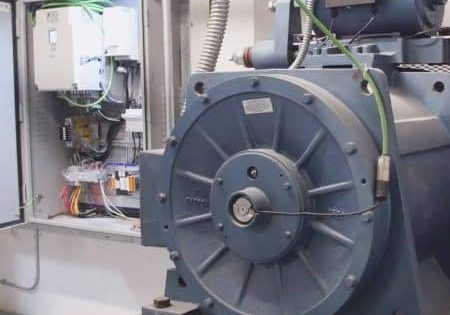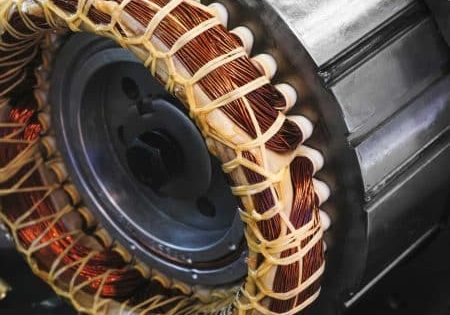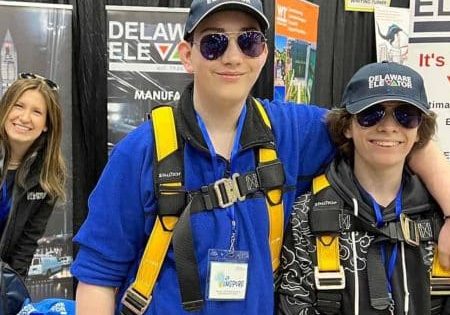The National Association of Elevator Contractors 2000-2024
Aug 1, 2024
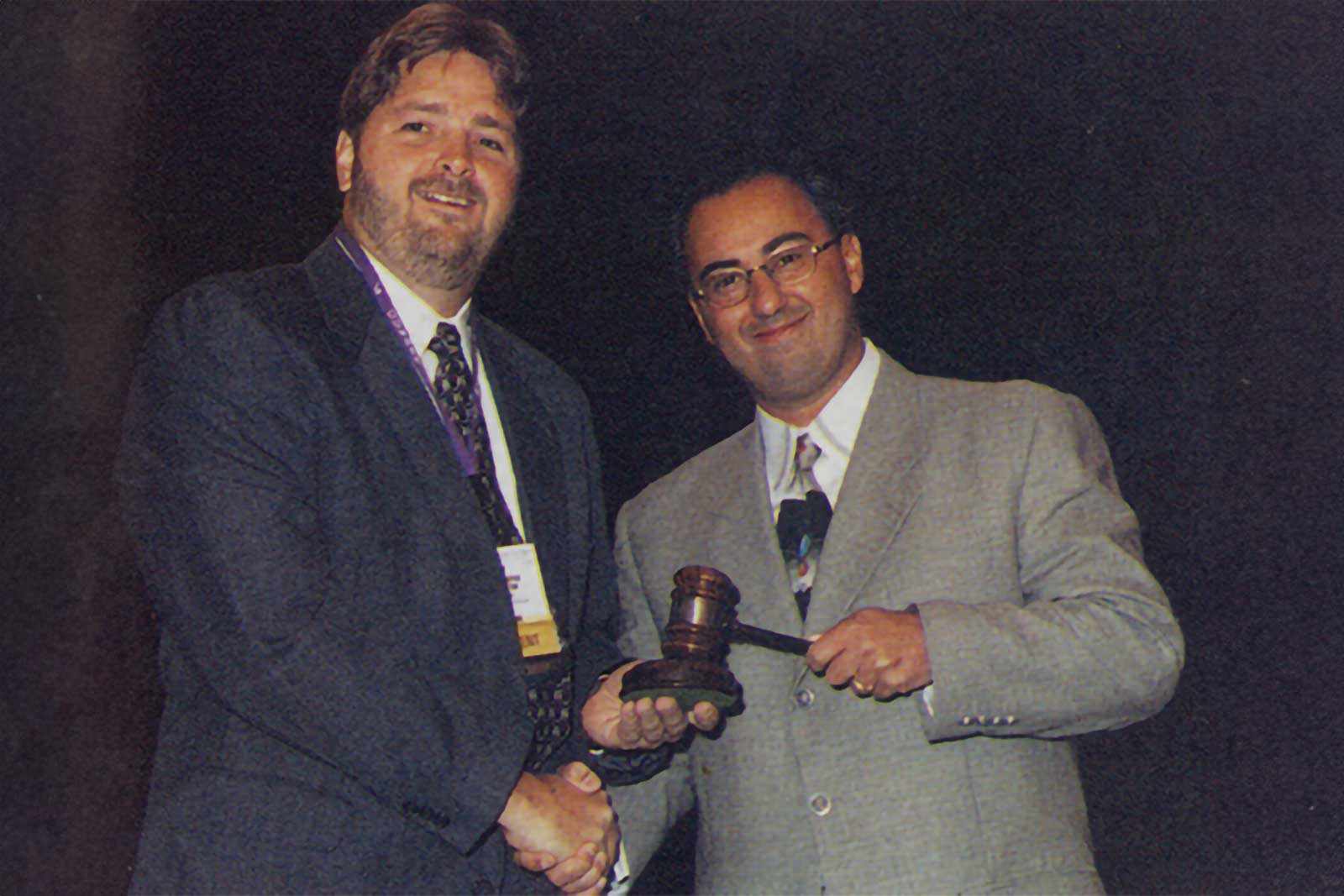
Sustaining community
Having first built and then expanded a robust professional vertical-transportation (VT) community during its first 50 years, the National Association of Elevator Contractors (NAEC) faced the prospect of sustaining that success in a new century. The start of the association’s next 25 years faced an immediate threat that failed to materialize — the so-called Y2K computer glitch — and an actual and unimaginable threat that materialized and shocked the nation — the terrorist attacks of September 11, 2001. Twenty years later, the association faced the challenge of the COVID-19 pandemic. In its response to 9/11 and the pandemic, the NAEC community bounded together in mutual support, perseverance and dedication, and emerged stronger and more united. In fact, the theme of a united VT industry was a consistent theme throughout the association’s third quarter-century.
The association entered the 21st century under the leadership of Robert P. “Bobby” Schaeffer (D & D Elevator Maintenance, Inc.). He was followed by Robert G. Melo (Garden State Elevator Industries, Inc.) who, in the fall of 2001, passed the gavel to Lien A. Randle, the NAEC’s first woman president (Figures 1 and 2). At that time Randle was the general manager of Atlas Elevator Co. (San Francisco) and she had had previous leadership experience as president of Northern California Elevator Industry Group. During Randle’s tenure as president, Schaeffer led an initiative designed to launch a new educational program. In late 2000, the association reconstituted its education committee, which, at a meeting held during the 2001 Annual Convention, “set concrete goals and a timetable for achieving a mechanic-level education program with a continuing education (CE) option.”[1] Interestingly, the context for planning a new program included recognition — at the same convention — of the first graduates of an educational program launched two years earlier.
In 1999, the NAEC announced a partnership with British group Lift and Escalator Industry Association (LEIA) and the University of Northampton concerning:
“a complete educational course in elevator technology. Completion of the basic course, done completely by distance learning, will lead to the award of an Elevator Technician Certificate, and there are provisions for students to continue on to an advanced level of study, completion of which will earn an Associate Degree in Lift Technology.”[2]
The NAEC members who completed the certificate program in 2001 included Kent Lloyd Jr. and John Livesay (Abell Equipment International), Anthony Legg and Tam Catterall (Braun Elevator Co.), Kenneth Hermann (Cemcolift) and Kenneth Carpenter (D & D Elevator Maintenance, Inc.). However, the educational aims of the program, designed as the first component of a recently established Master of Science in Lift Engineering (MScLE), failed to fully meet the needs of NAEC members; thus, Schaeffer and his committee sought to create a program specifically aimed at educating elevator technicians. The result of these efforts was announced in early 2002 with the creation of the Certified Elevator Technician (CET™) program.
The new four-year program consisted of 12 courses of study: Course 1: Introduction to Elevators; Course 2: Basics of Installing Elevator Components; Course 3: Maintenance Practices and Testing; Course 4: Electrical Safety and Electrical Theory; Course 5: Elevator Doors and Equipment; Course 6: Traction Elevators: Motors, Motor Control and Fault Finding; Course 7: Electrical Wiring and Equipment, Course 8: Hydraulic Theory and Installation; Course 9: Basic Electronics and Fundamentals, Course 10: Machinery Troubleshooting and Rope Replacement; Course 11: Escalators and Moving Walks; and Course 12: Accessibility. The program featured two completion paths: a four-year path for new technicians and a shorter path for VT veterans who could demonstrate competency by passing a comprehensive exam. The opportunity for veterans was also needed because candidates could only apply to the program if their company had a CET-Supervisor (CET-S) in place, and achieving initial CET certification was required in order to take the CET-S exam.[4]
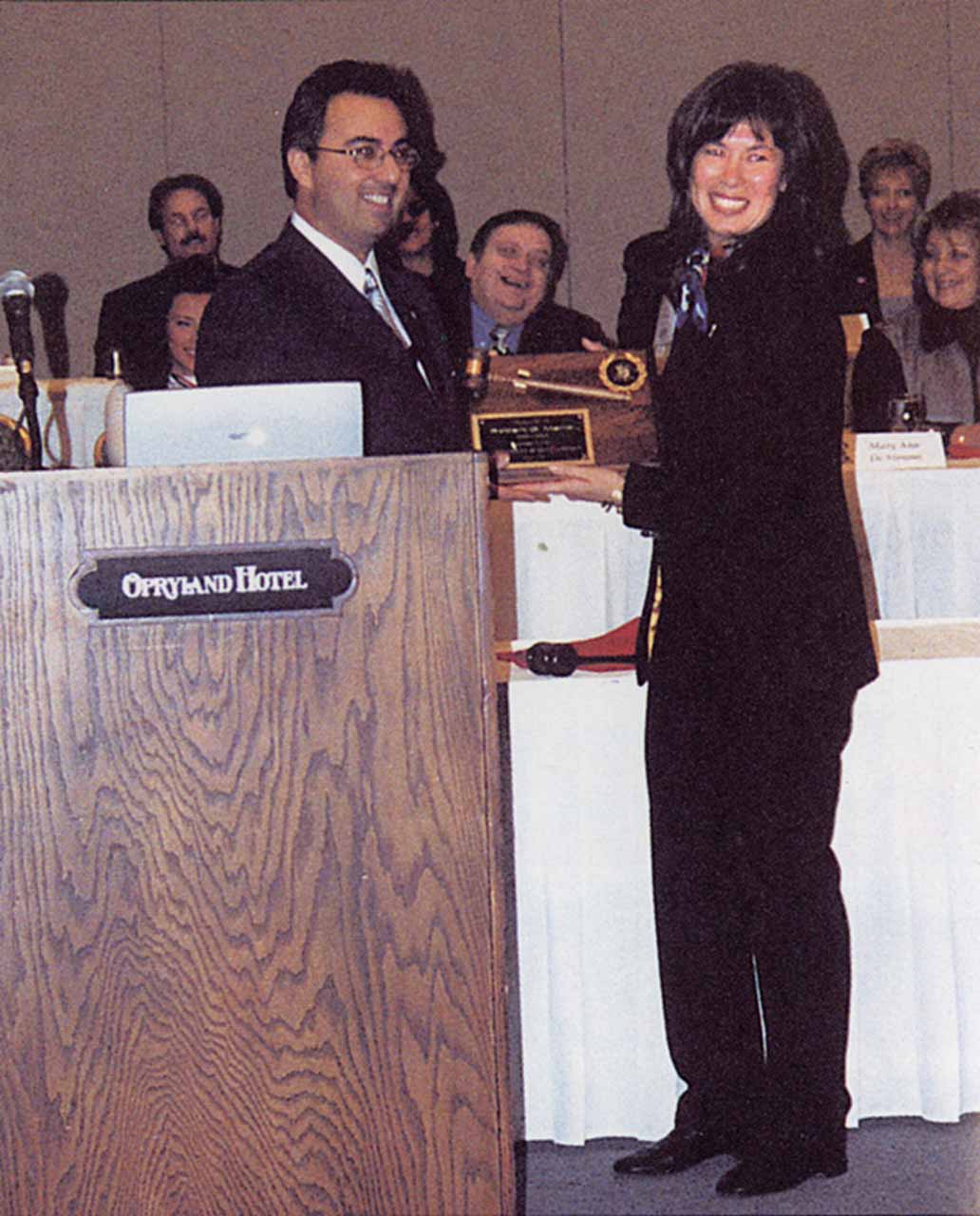
The program’s rigor was evident in the fact that, during its first five months, out of 264 applications received from VT veterans, only 24 passed the comprehensive exam and only 10 passed the CET-S exam. During this same period, 33 candidate applications were approved.[4] The program’s rigor was sustained by the work of the CET Certification Board. Established in early 2002, the board included a variety of industry representatives. The board was chaired by John E. Herwig (Cornelius Fitzgerald & Co.), with Vice-Chair Jean Pierre St. Louis (JM Associates, Ltd.), and members Richard E. Baxter (Baxter & Sons Elevator Co.), Jean Burch (president of Automatic Elevator Inc.), Thomas B. LaPorte (Master Elevator Co.), Steven Roth (associate director, Office of Facilities, Division of Physical Plant, Yale University), and Dr. John H. White (president of TechWrite, Inc.).[5] Herwig was a past NAEC president, a recipient of the NAEC William C. Sturgeon Distinguished Service Award, past chair of the NEII Central Code Committee, a member of the American Society of Mechanical Engineers (ASME) National Interest Review Committee and a member of the National Standards Institute (ANSI) Standards Committee for the Handicapped (Figure 3). The other board members also had extensive and varied VT experience and backgrounds.
The CET program was the first of four educational initiatives launched by the NAEC during this period. In late 2003, the Certified Accessibility and Private Residence Lift Technician (CAT™) program was introduced. This was a two-year program composed of five courses: Course 1: Introduction to the Vertical- Transportation Industry, Course 2: Vertical Platform Lifts, Course 3: Inclined Platform Lifts, Course 4: Inclined Stairway Lifts and Course 5: Private Residence Elevators.[6] The CAT program also operated under the authority of the CET Certification Board. The success of these programs was evident in the fact that, by mid-2009, there were 450 CET- and CAT-certified mechanics.[7] An additional indicator of the success of the CET program was its accreditation by ANSI in 2011. The program received “initial accreditation under ANSI/ISO/IEC 17024,” which made it the only elevator-industry program accredited by the ANSI Personnel Certification Accreditation Committee.[8] In 2014, the NAEC launched a new online eLearning resource, which was designed to support CE requirements for the CET and CAT programs.
In 2015, the NAEC introduced the VT Management Program (VTMP), which was intended to provide basic entry-level education in general business practices and technology related to the elevator industry. The target trainees are people new to the elevator industry, individuals who have business experience in a related field or who have completed the CET, CAT or NEIEP programs. The full program offers up to 214 h of online education and awards a certificate of completion. The hours of study for the full program for each student varies depending upon his/her experience and education, and the range is from 124 to 224 h.[9] The program is “comprised of four technical courses, five business courses, a comprehensive introduction to business course and industry-specific study guides with related quizzes.”[9]
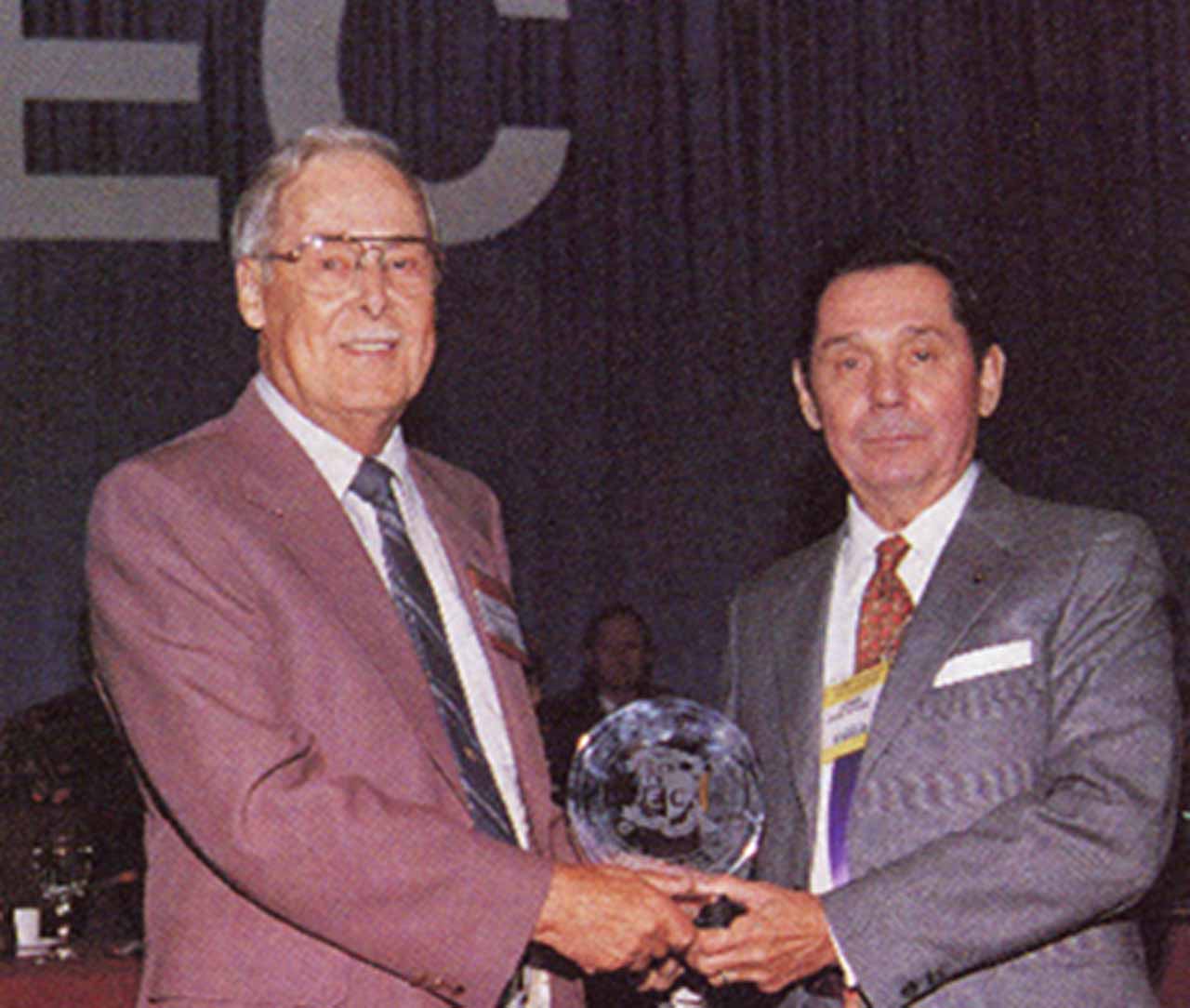
The fourth educational initiative, the NAEC Qualified Elevator Inspector Certification (QEI) program, was announced in 2019. The program was designed “to ensure inspectors have the skills, knowledge and education to safeguard the public by confirming elevators, escalators and other conveyances are code compliant and operating safely.”[10] Qualified applicants are eligible to take a “160-question computer-based multiple-choice examination” that uses a raw scoring system, “which means that all 160 questions are counted toward the pass/fail score. Examinees must achieve a score of 123 or above to pass. Applicants have 8 h to answer 160 scored questions in open book format.”[10] Sources utilized for exam questions include the ASME A17.1/CSA B44 Handbook: Safety Code for Elevators and Escalators; ASME A17.2 Guide for Inspection of Elevators, Escalators and Moving Walks; ASME A17.3 Safety Code for Existing Elevators and Escalators; and the National Fire Protection Association 70 National Electric Code. The NAEC QEI program received ANSI accreditation in 2022.[11]
In addition to sustaining the NAEC community through enhanced educational opportunities, the association also embraced initiatives aimed at supporting the diversity of communities housed under the NAEC umbrella. One such initiative, led by the late Martha M. Hulgan (1946-2021), was the Vertical Initiative for Elevator/Escalator Women (VIEEW) group, which began meeting in 2008. That year, approximately 20 people attended an organizational meeting at the NAEC annual convention. The meeting was hosted by Stephanie Petkers, Julie McKenzie and Robin Oldham of TK Elevator (TKE). Other attendees included Hulgan (MMH & Associates), Ricia S. Hendrick (ELEVATOR WORLD), Barbara Allen (EESF), Marie McDonald (McDonald Elevator Co.), Sonia Liechnam (TKE), Jessica Baxter (Baxter & Associates), Alison Whittaker (EHC) and Monica Stoer (EHC) (Figure 4).[12] Attendance at the 2009 VIEEW meeting was double that of 2008, and overall membership had grown to approximately 100. In 2016, Hulgan announced that “more than 260” people “received the group’s newsletter.”[13] Following Hulgan’s death in 2021, the group underwent a reorganization and, in 2022, NAEC announced the creation of Women in Motion (WiM), a group designed to promote and sustain the interests of women in the VT industry. At the 2023 NAEC convention, a steering committee chaired by Amy DiPaolo (Champion Elevator) led a discussion on crafting a mission statement for the new group and identifying future initiatives (Figure 5).
During this period, the NAEC also continued its engagement with the national VT community. Using their successful “bridge building” model, employed at the annual conventions to encourage conversations and information sharing between diverse and often international VT groups, in 2002, the NAEC invited representatives from 11 American VT organizations to attend a “Regional Association Forum.”[14] Attendees at the forum included Lee Rigby (acting president of the Elevator Association of Florida), Matt Jackson (president of the Elevator Conference of New York), Joe McGovern (president of the Washington Association of Elevator Contractors), Bob Sheehan (Massachusetts Elevator Safety Association), Mary Tomsic (vice president of the Elevator Industry Group of Southern California), Randle (NAEC president and representing the Northern California Elevator Industry Group), Doug Witham (NAEC Future Directions Committee and past member of the Chicago Elevator Association), Ray Lapierre (Elevator Escalator Safety Foundation), Tom Isaacs (NAEC vice president), Hendrick (president of EW) and Teresa Shirley (NAEC executive director) (Figure 6). Representatives of the Houston, Minnesota, Chicago and Mid-Atlantic states regional associations were unable to attend. Following a presentation by each representative on their respective association’s organization and activities, the group discussed ways in which the regional associations could support and learn from each other, as well as the role the NAEC should and could play.
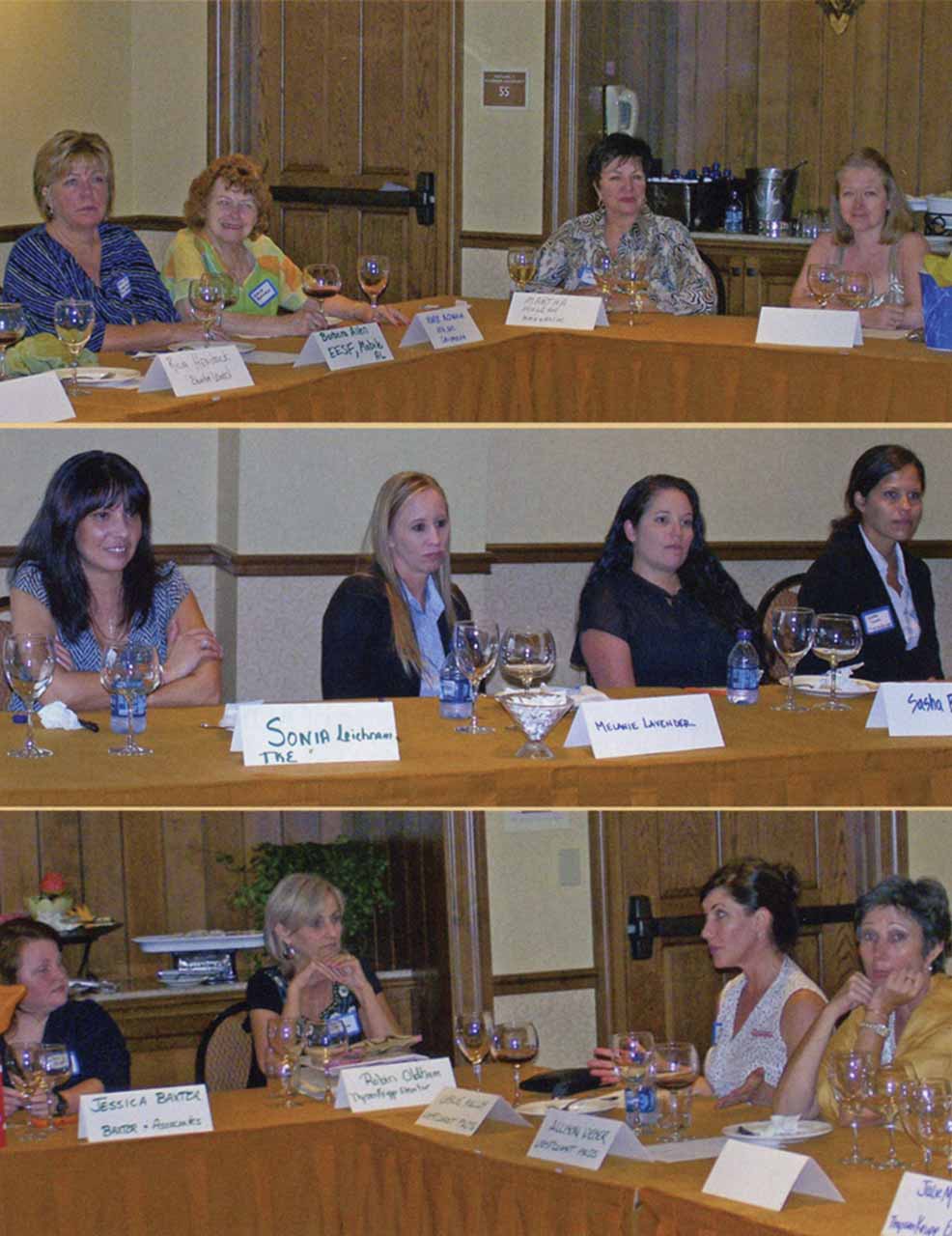
The “regional” theme was also pursued in the context of helping to sustain the NAEC educational programs. In late 2005, the association announced the return of their regional seminar program. These were described as “one- or two-day gatherings held at different locales within a region each year to give industry members (especially field technicians) the opportunity to meet and discuss situations with their peers, receiving training and earn CE credits.”[15] Between 2007 and 2010, the sites for regional educational seminars included Washington, D.C., Chicago, Los Angeles, Atlanta, Indianapolis and Philadelphia. It was noted that, while these seminars served a valuable purpose, their success depended on corporate support.[16] By 2022, the “seminars” had been replaced with regional “workshops.”
As was the case across the globe, in 2020, NAEC activities were impacted by the COVID-19 pandemic. The annual spring educational conference was one of the first NAEC virtual events, which was described as both “strange” and “ultimately enlightening.”[17] The meeting included a presentation on remote work by The Trust Bridge, a British company that specializes in office management strategies. Another presentation touched on the fact that not all VT workers could work from home. The NAEC, working with representatives from the International Union of Elevator Constructors, Delaware Elevator and NYC-based independent companies, “compiled a COVID-19 safety checklist aimed primarily at elevator field technicians.”[17]

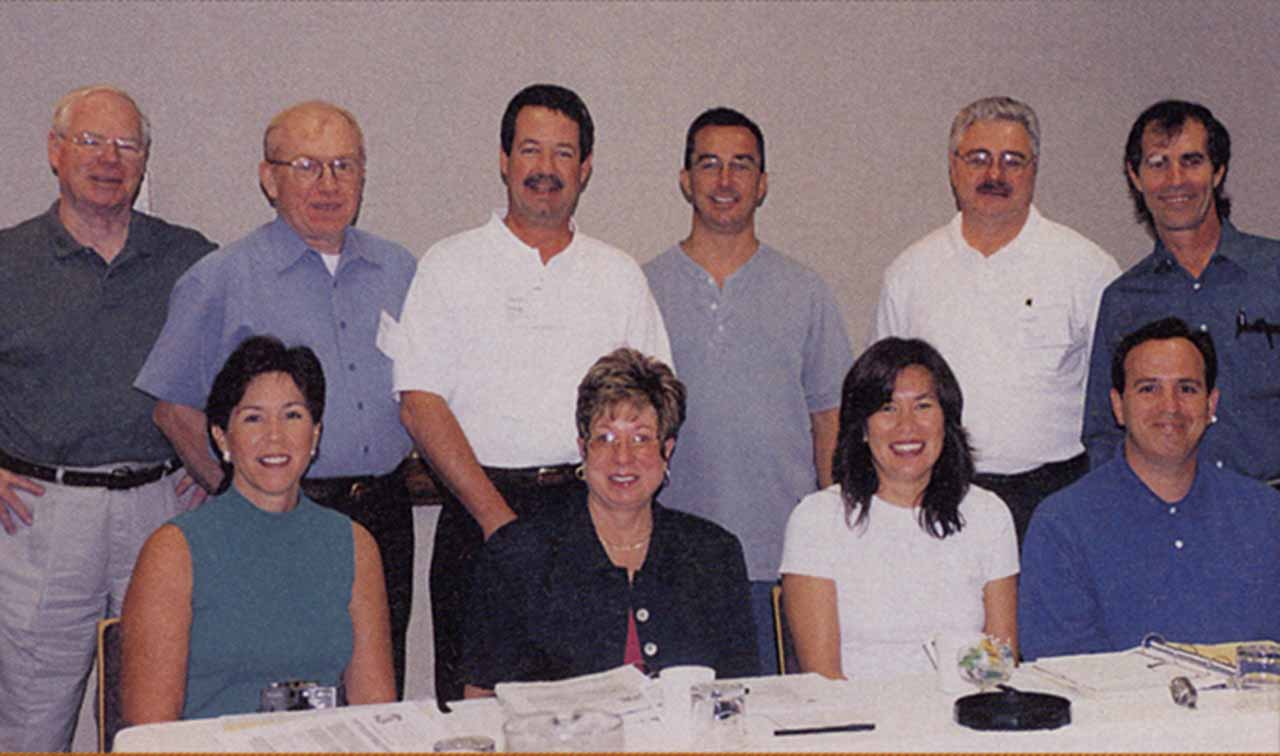
NAEC’s efforts designed to support members and sustain the VT community during this period also included an initiative that effectively built on and expanded longstanding association activities. A mainstay of NAEC conventions and mid-year seminars from the beginning were educational sessions on effective business-management practices. These sessions were often focused on how to sustain family-owned businesses and addressed issues such as succession planning. In 2012, the NAEC launched an initiative that might be described as succession planning for the entire VT industry: the NexGen program. The founding committee was chaired by Rob Wurth (Wurtec), and its members included Nick Dalvano (All-Ways Elevator, Inc.), Travis Hall (Alliance Elevator Solutions), Ray Miller (Draka Elevator), Landon Scott (Centric Elevator Corp.) and Craig Zomchek (Colley Elevator Co.). The Board of Directors liaison to the committee was Cory Hussey (Stanley Elevator). The original program description was as follows:
“The NexGen Committee is being established as a means to encourage the professional growth and development of young, skilled leaders in the elevator industry. The NexGen Committee will be comprised of next generation leaders, 40 and under, who want to positively affect the industry and develop leadership skills to contribute to NAEC’s growth. The NexGen programs are designed to identify and engage young professionals by encouraging them to actively participate in the industry events, giving them an opportunity to get involved through social networking, professional development and outreach.”[18]
The mission was gradually refined as a program intended to “bridge the gap between the next generation of industry leaders and current industry leaders by providing education and guidance” that would support the future “success of the next generation of industry professionals.”[19] Membership was restricted to NAEC members under 40, and the program was designed to:
Prepare participants for leadership roles and provide training and coaching for the succession planning needed by our members.
Bolster the association and the industry by preparing our young members for executive management through leadership skills critical to our industry’s survival and success.
Provide education and guidance, along with invaluable networking with peers, to aid in the success of the next generation of industry professionals.[19]
By 2024, NexGen had more than 200 active members representing more than 85 companies with equal representation of contractors and suppliers.[19]
NAEC’s success in maintaining the association’s vitality through adapting its membership, mission and activities during the opening decades of the new century, were also made possible by its past successes. The association’s ability to sustain its community through 75 dynamic and often unpredictable years of VT industry change is a clear indication that the NAEC is well-positioned for success in the next quarter century.
References
[1] Ricia S. Hendrick, “NAEC Goes North for 51st Convention,” ELEVATOR WORLD (December 2000).
[2] Robert S. Caporale, “50 Years and Still Counting: NAEC ’99 Convention,” EW (February 2000).
[3] David M. Clothier, “Southern Hospitality for NAEC 2001 Convention,” EW (February 2002.
[4] Ricia S. Hendrick, “CETTM Program Update,” EW (September 2002).
[5] “NAEC Forms CETTM Certification Board,” EW (June 2002).
[6] “NAEC Starts Certification Program for Accessibility Contractors,” EW (November 2003).
[7] “History of Associations” NAEC,” EW (September 2009).
[8] Lee Freeland, “CET Certification. Program Gains ANSI Accreditation,” EW (December 2011).
[9] NAEC Website, Education: Vertical Transportation Management Program.
[10] NAEC Qualified Elevator Inspector Certification Applicant Handbook (Adopted 2019, Updated 2023).
[11] “NAEC QEI Certification Program Receives ANSI/ANAB Accreditation,” EW (October 2022).
[12] David M. Clothier, “NAEC Deep in the Heart of Texas,” EW (December 2008).
[13] Angela C. Baldwin, “United 2016,” EW (December 2016).
[14] Ricia S. Hendrick, “NAEC Sponsors Regional Association Forum,” EW (October 2002).
[15] Brad O’Guynn, “NAEC Regional,” EW (March 2007).
[16] Brad O’Guynn, “NAEC Regional Seminar in Atlanta,” EW (August 2008).
[17] Kaija Wilkinson, “NAEC 2020 Spring Educational Conference,” EW (June 2020).
[18] Original description provided by the NAEC.
[19] NAEC Website, About NAEC: NexGen.
Get more of Elevator World. Sign up for our free e-newsletter.




